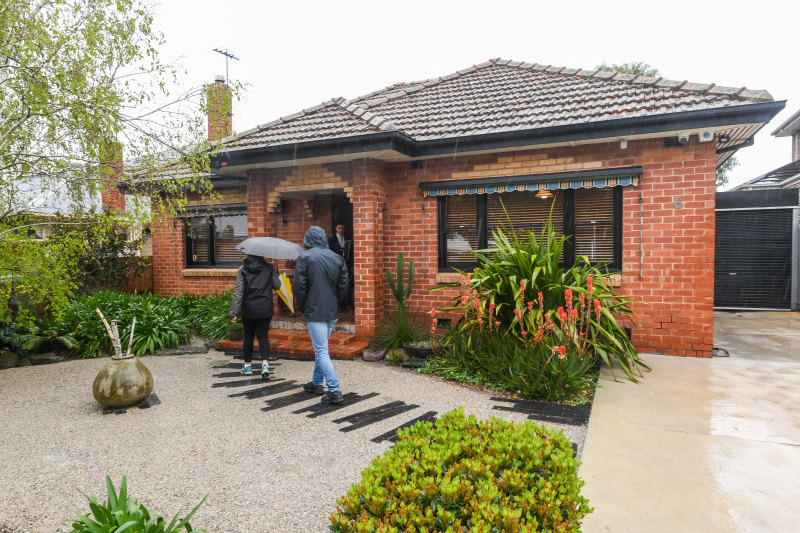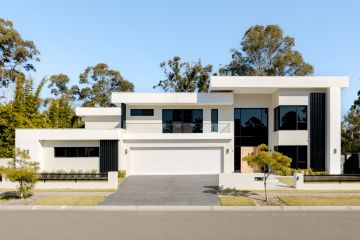The tiny homes that have been built to be bushfire-resistant
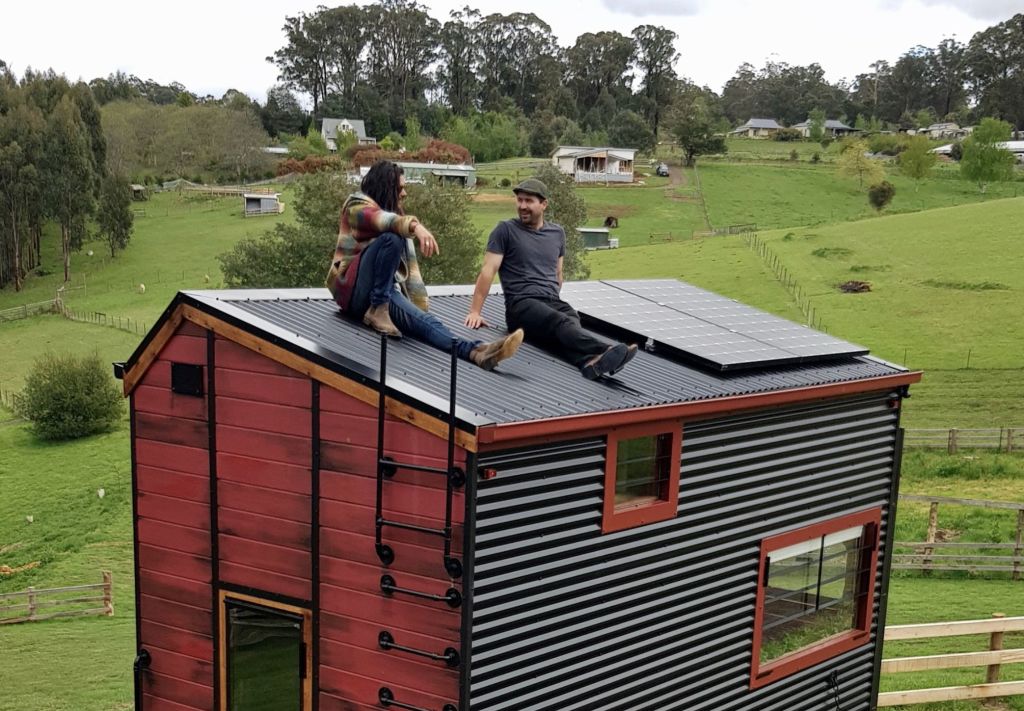
Tom Coupe builds tiny houses on wheels that, from the outside, look almost like a minimalist version of an already minimalist housing style.
They don’t have big timber decks for drinking wine at sunset, there are no awnings or add-ons, and the windows are few and smaller than most. Actually, the tiny shells are smaller, because they have been built without the ubiquitous lofts.
Instead, there are shutters on the windows and doors that can be swiftly closed, making the tiny house on wheels (or THOW) look a bit like a bunker.
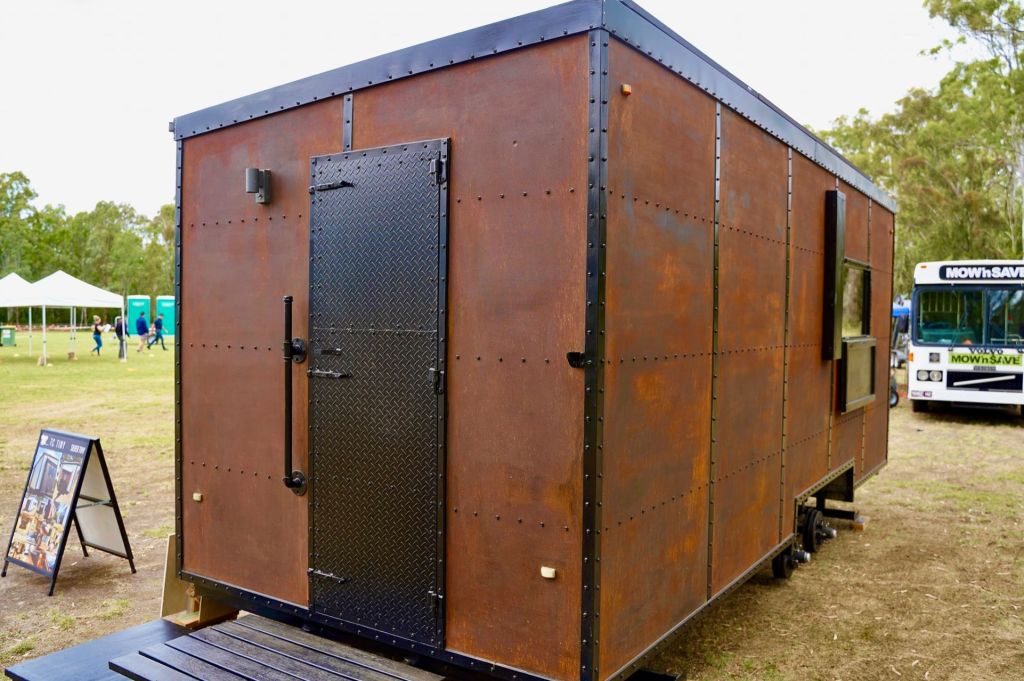
These differences are some of the 125 modifications that Coupe has developed while building bushfire-resistant THOWs, a specialty the designer-builder has been working on since 2018.
Perhaps it’s surprising it’s not already a requirement to fire-proof THOWs, considering how often the lightweight houses are set in rural areas – either for lifestyle reasons or to simply stay under the radar. Most councils don’t approve of living in one full-time, but people do.
But the addition of wheels means THOWs are classified as caravans, and not subject to the bushfire attack level (BAL) standards of other new houses built in bushfire-prone areas.
It’s a risk Coupe can’t ignore. He used to live in the small mountain township of Kinglake, where the effects of 2009’s Black Saturday bushfires remain more than a decade after hundreds of homes were destroyed.
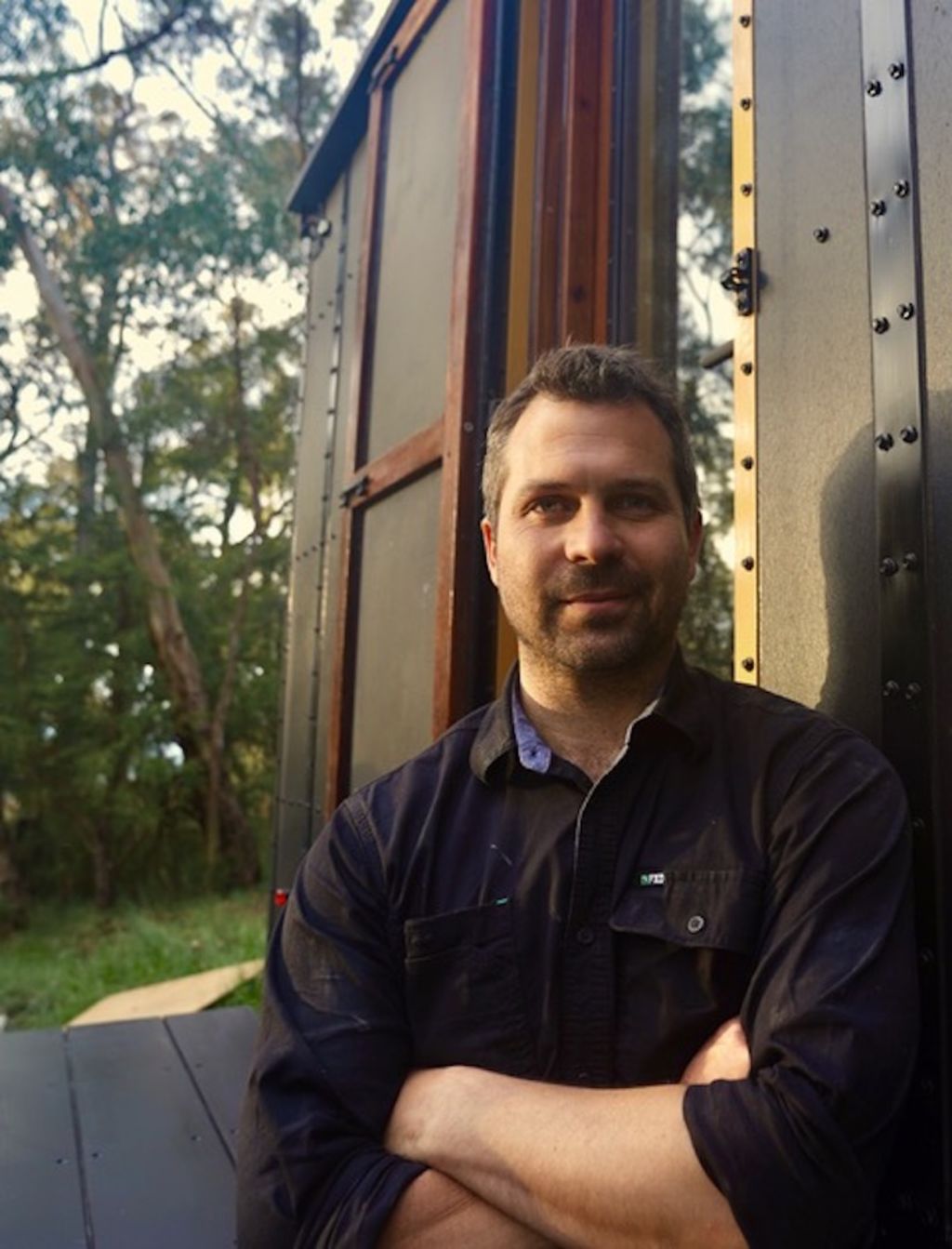
He has since moved to the Bellarine Peninsula, but his work is informed by his understanding of the trauma caused by fire.
“Tiny houses are, by nature, portable – no-one really knows where they will end up,” he says. “With the potential for almost every house in Victoria to be affected by fire, I believe it’s beneficial for all houses, portable or not, to be resistant to airborne embers and smoke.”
Coupe achieves this by reducing the number of weak points where fire could enter the tiny house. The shutters and airtight lip around the windows help, and the vents are covered in fireproof mesh, reducing the chance of embers or burning debris finding a spot to ignite.
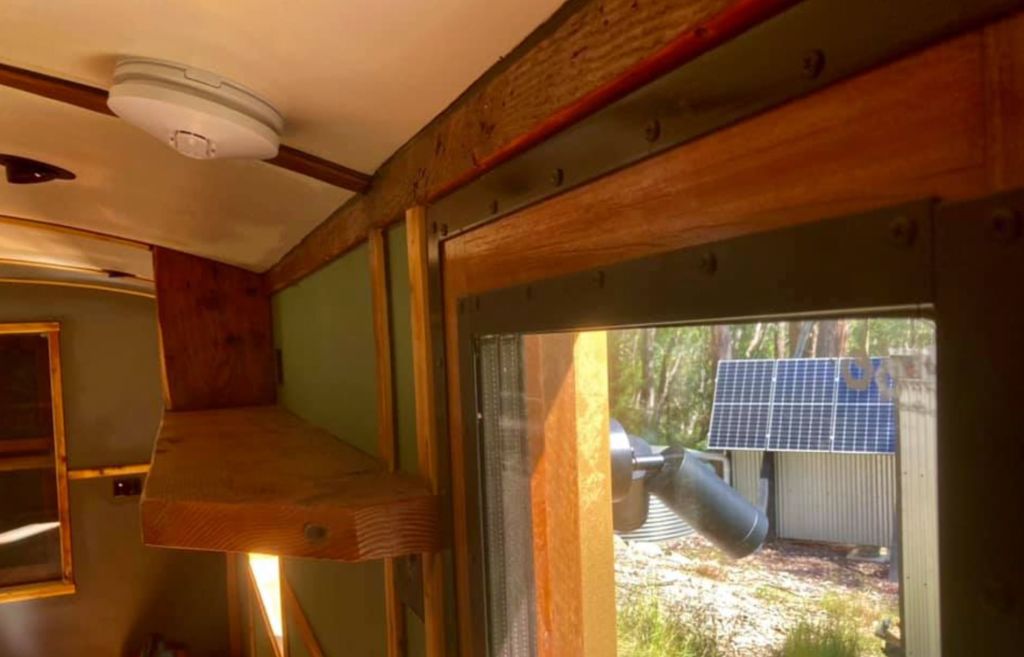
He meticulously seals gaps and cracks, a step he says is often overlooked with tiny houses, particularly when built on the cheap.
For him, the main aim is to stop the heat getting inside. Cladding is important, but given the small size of THOWs, Coupe considers radiant heat to be the biggest threat. Fabrics and furnishings are “far more flammable than anything that’s on the outside of the house”, he says, and once ignited will destroy the house from within.
His most recent builds are completely electric to remove the gas risk, and Coupe completes the fireproofing of each THOW once it’s on site, including removing the tyres, which would burn for hours in a fire.
All of Coupe’s developments are tested under flame and immense heat, to give as accurate as possible an idea of their effectiveness. Anyone wanting a visual on that can watch his YouTube videos. (“I’m going to be setting them on fire as much as possible,” he says as he prepares one test.)
You might expect Coupe to squirrel away the bushfire-proofing designs he’s developed, but the brief he sets himself is to make it easy for other builders to reproduce what they want, and he shares his knowledge at open days and tiny house festivals.
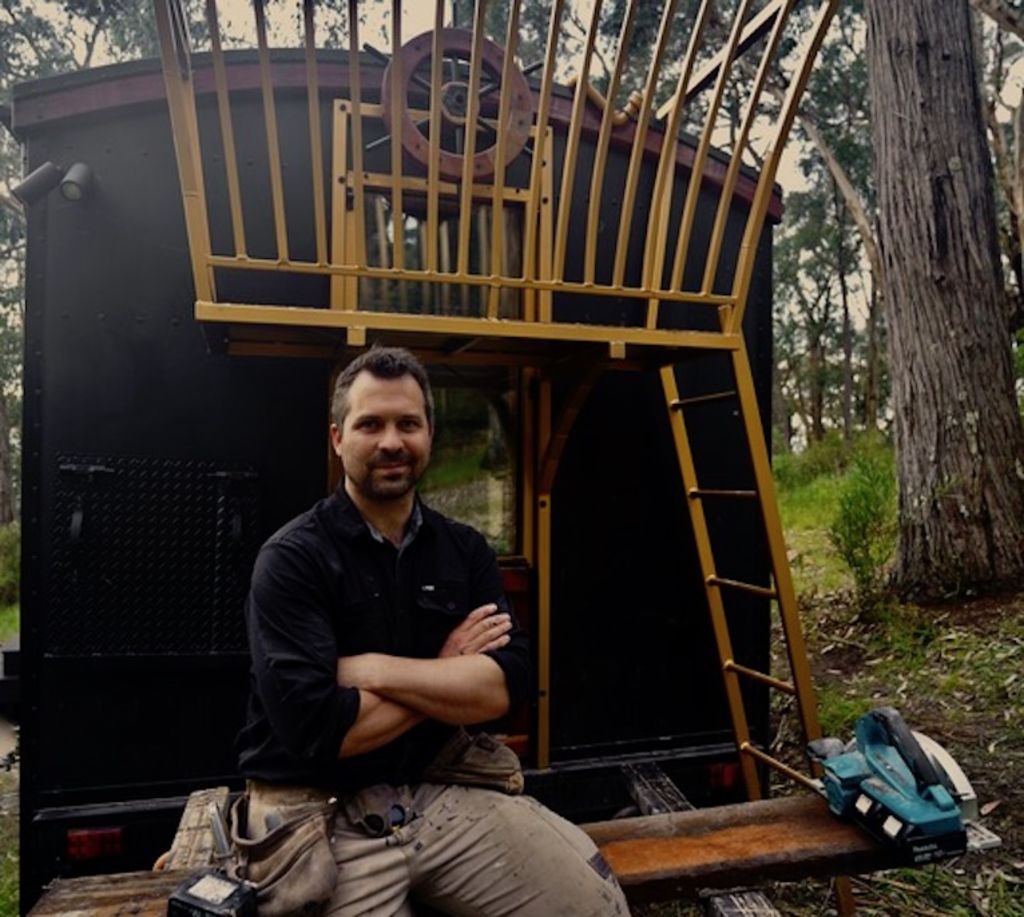
“I don’t have fancy machinery or equipment and I don’t import materials,” Coupe says. “Either of these would make replicating these houses untenable to the average owner-builder or commercial builder.” He chooses materials that are easy to buy for that reason – fireproof paints, fire-resistant insulations, low-ignitability timbers.
“Australia needs too many of these [fire-resistant THOWs] for me to build them all,” he says.
Adding the fire-resistant options to a THOW does put the price up somewhat, but Coupe says it’s “not as pricey as most would expect” and certainly “less than rebuilding”.
You could expect to pay an extra 10 per cent on the price tag for a medium fire-resistance level, and up to 50 per cent more for the highest protection.
And while they might look like bunkers, Coupe emphasises that they are not; the most life-saving aspect of his builds is that the THOWs are designed to be left to defend themselves against fire while occupants head for safety.
“Leaving early should be an easy decision,” he says. “My houses need to look ready for battle at a moment’s notice or much of their benefit can be lost from the outset.”
This safety aspect is where his designs could really help the wider tiny house community and the push for councils to approve THOWs for full-time residency.
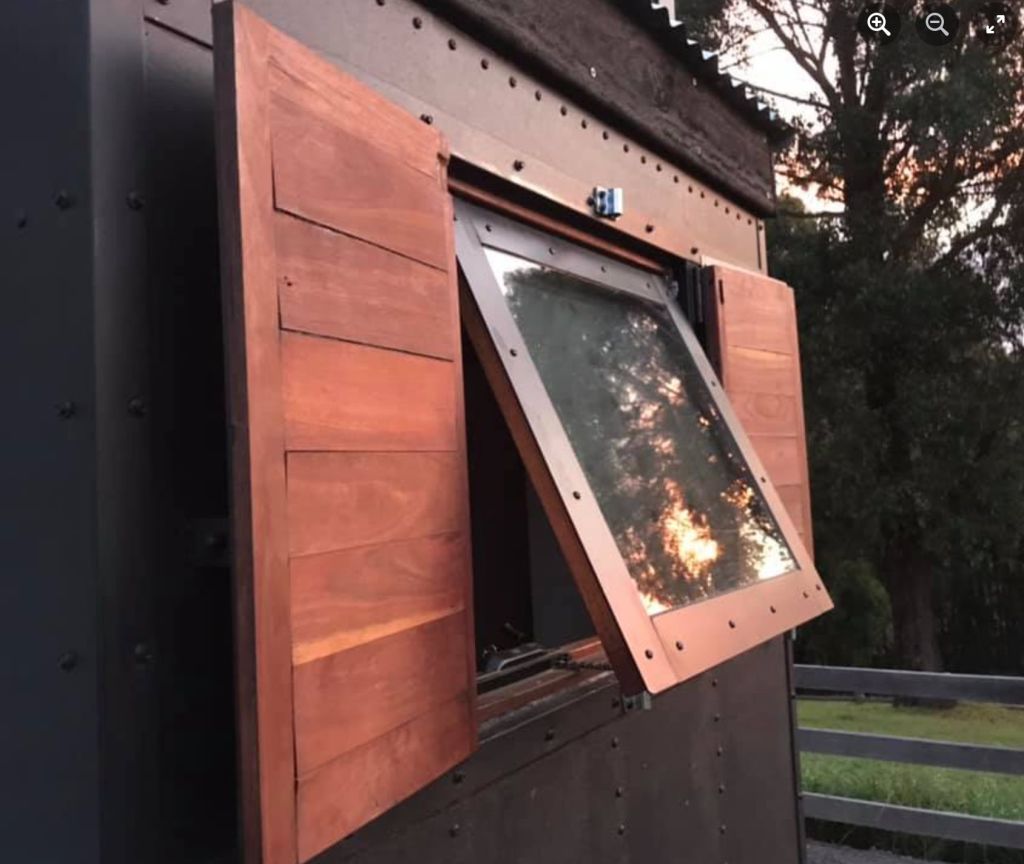
“I knew that councils in Victoria were heavily focused on measures to protect against bushfire disasters and weren’t going to ignore this threat when it came to tiny houses,” Coupe says. “It was the tiny house community which needed these the most.”
Tom Coupe’s open days are updated on the TC Tiny facebook page.
We recommend
States
Capital Cities
Capital Cities - Rentals
Popular Areas
Allhomes
More
